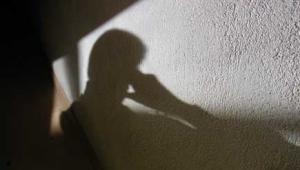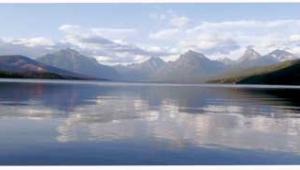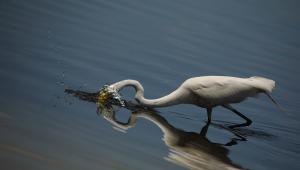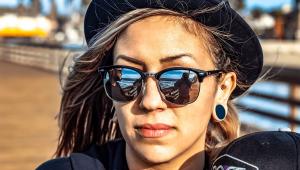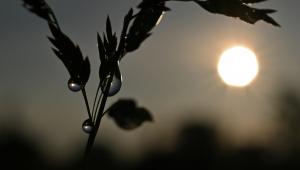Photographing Morning Page 2
Most film is balanced to give natural-looking results when used with daylight or flash illumination. Under incandescent illumination, daylight-balanced film (or a daylight white-balance setting) will record the orange bias of the light. If you photograph under incandescent lighting conditions, you can correct for this color imbalance by using a film balanced for tungsten light or set your camera's white balance to the tungsten setting. (If you don't have this particular setting on your digital camera, the auto-white balance will suffice in most cases.)
 |
|
|
The warm amber or rosy tones of sunrise are effective in establishing a mood,
but sometimes close-ups of people in this light may result in skin tones being
excessively warm. There are times, however, when you'll want to use early-morning
light to give a little warmth and intimacy when photographing a person. Sometimes
it's just a matter of personal preference. Tungsten film--or a digital
camera's tungsten white-balance setting--will work to correct the
light in this case. A little flash fill when photographing portraits will correct
a too-warm balance altogether.
Say "Morning" In Your Photos
You don't have to restrict your images to capturing the perfect sunrise.
When taking pictures at dawn or during the morning hours, try to look for elements
that spell out "a.m." A cup of coffee on the counter, children going
to school while adults leave for work, or a foggy scene can distinguish a morning
photo from one taken late in the day.
 |
|
|
Quick Tip
Use tungsten film, or your digital camera's tungsten white-balance setting,
to correct color imbalances.
Send Us Your Photos!
Readers are encouraged to submit photos to our monthly Back to Basics feature.
Please see the table of contents for the location of the entry coupon, which
lists topics and more details.
- Log in or register to post comments






